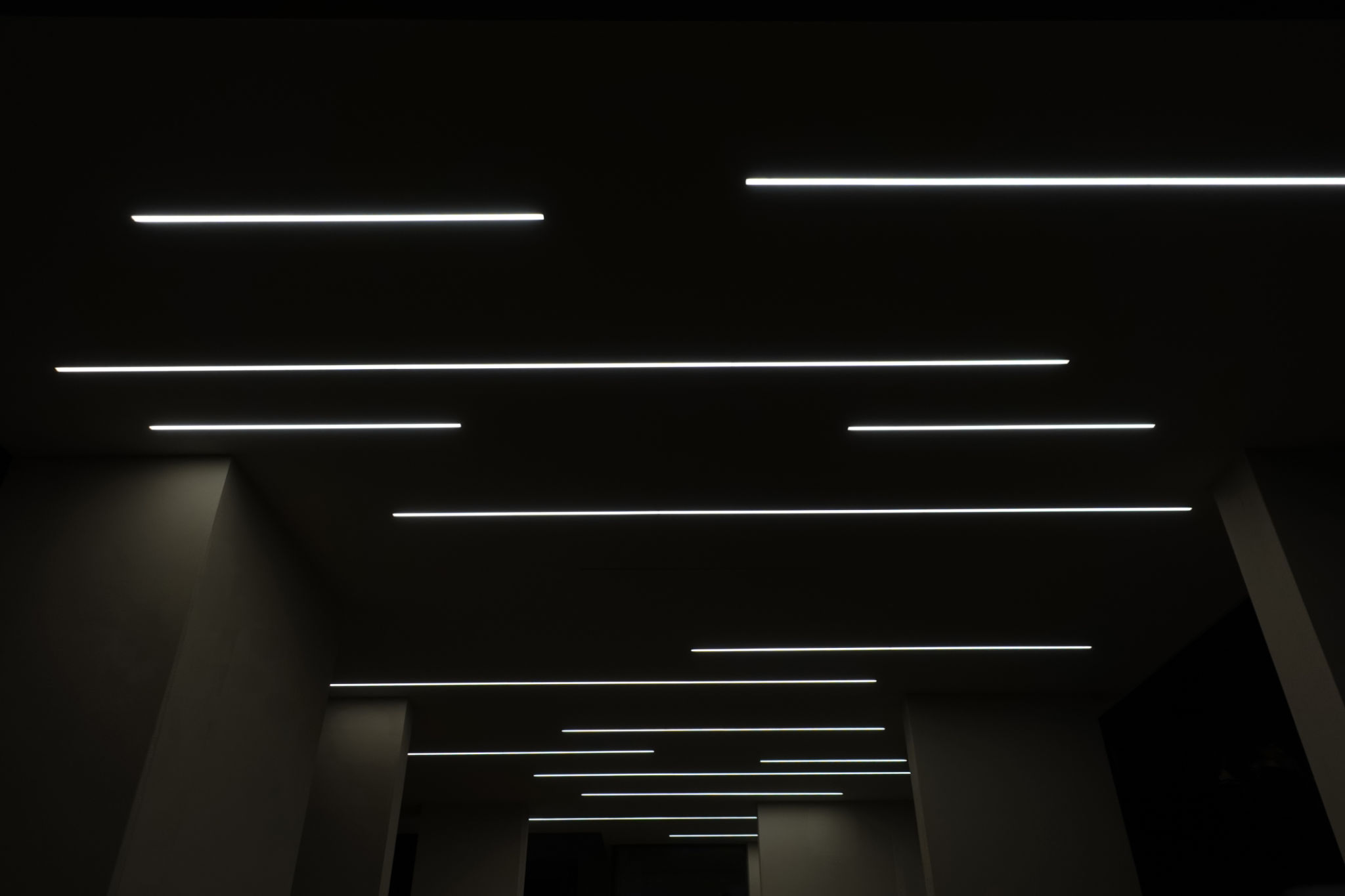Top 5 LED Lighting Trends in Interior Design
Understanding the Rise of LED Lighting in Interior Design
In recent years, LED lighting has become a cornerstone in modern interior design. The flexibility, energy efficiency, and aesthetic appeal of LED technology have transformed spaces in both residential and commercial settings. Designers are now leveraging these features to create visually stunning environments. Here, we explore the top five LED lighting trends that are shaping the future of interior design.

Trend 1: Smart LED Lighting Systems
One of the most significant advancements in LED technology is the integration of smart systems. Smart LED lighting allows users to control brightness, color, and timing via smartphones or voice-activated devices. These systems offer convenience and customization, enabling homeowners to set the perfect ambiance for any occasion with just a few taps or voice commands.
The adoption of smart LED lighting is also driven by its energy-saving features. By automating lighting schedules and optimizing brightness levels, users can significantly reduce electricity consumption and lower utility bills.
Trend 2: Minimalist LED Designs
Minimalism continues to influence interior design trends, and LED lighting is no exception. Sleek and unobtrusive LED fixtures seamlessly integrate into minimalist spaces, offering both function and form. Designers are opting for linear LEDs that enhance architectural features or recessed lighting that provides a clean, streamlined look.

Trend 3: Creative Use of Color and Light
LED technology provides an unparalleled range of colors and intensities, which designers are using to create dynamic and immersive environments. From subtle mood lighting to vibrant color washes, LEDs can transform a space with just a few adjustments. This trend is particularly popular in spaces like bars, lounges, and entertainment areas where atmosphere is key.
Moreover, the ability to program different color scenes means that a single space can serve multiple functions throughout the day or night, adapting to different activities or moods.
Trend 4: Biophilic Design with LEDs
Biophilic design emphasizes the connection between humans and nature, and LED lighting plays a crucial role in this trend. By mimicking natural light patterns and colors, LEDs help create a more harmonious indoor environment. This approach not only enhances aesthetic appeal but also promotes well-being by reducing stress and improving mood.

Trend 5: Architectural Integration
Architectural integration of LED lighting is becoming increasingly popular as designers look to seamlessly blend light into building structures. Whether it’s through cove lighting, under-cabinet illumination, or embedded wall fixtures, LEDs enhance architectural elements without overwhelming them. This trend allows for a more cohesive design that highlights the unique features of a space.
Moreover, integrated lighting solutions often require less hardware and installation time, making them an efficient choice for both new builds and renovations.
The Future of LED Lighting in Interior Design
As technology continues to advance, the potential for LED lighting in interior design is virtually limitless. With innovations such as tunable white LEDs that adjust to natural daylight cycles and even more sophisticated smart systems on the horizon, the role of LEDs in creating beautiful, functional spaces will only grow.
Whether you're renovating a single room or designing an entire building, incorporating these LED trends can elevate your project to new heights while promoting sustainability and energy efficiency.
